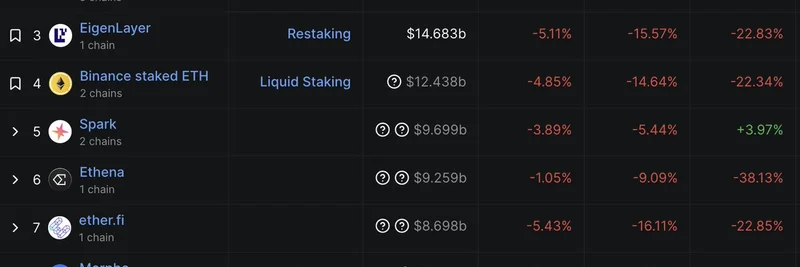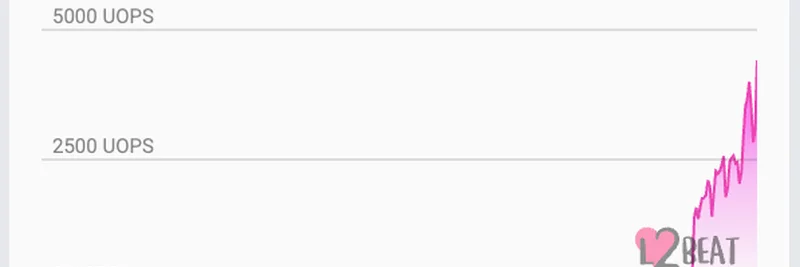In the fast-paced world of blockchain, Decentralized Finance (DeFi) has revolutionized how we think about money, lending, and trading—without needing traditional banks. But with great openness comes great responsibility, especially when it comes to protecting everyday users from risks like scams or unauthorized access. That's the core message highlighted in a recent tweet by Sean Li (@_seanli), co-founder of Magic Labs and the mind behind Magic Newton, who quoted a clip from The Rollup podcast featuring his colleague Jaemin Jin (@jaemin0x).
Sean summed it up perfectly: "The need to preserve DeFi's openness while protecting the masses." This resonates deeply in the meme token space, where viral projects can skyrocket overnight but often leave novice traders exposed to rug pulls or manipulative schemes. Let's dive into what Jaemin shared in that clip, breaking down the ideas in simple terms and exploring their implications for blockchain practitioners, including those chasing the next big meme coin.
The Shift from Off-Chain to On-Chain Policies
Jaemin, who serves as co-founder and president at Magic Labs, a company pioneering embedded wallets that have onboarded over 50 million users, emphasized the evolution of wallets. Originally just tools for storing crypto, wallets like those from Magic are now incorporating "policy engines" and transaction monitoring. These features help flag suspicious activities before they happen.
However, Jaemin pointed out a key limitation: many of these safeguards are still "off-chain," meaning they're handled outside the blockchain itself—think apps or servers that can glitch or be bypassed. This creates walled gardens, limiting interoperability across different blockchains like Ethereum or Polygon. To fix this, Magic is building an on-chain protocol that ties policies directly to transactions. In plain English, this means rules for who can do what are baked right into the blockchain code, making them tamper-proof and seamless across networks.
For example, imagine a stablecoin pool on Uniswap V4 (a popular DeFi protocol for swapping tokens). With on-chain policies, access could be restricted to accredited investors or users in specific jurisdictions, ensuring compliance without killing the decentralized vibe. This is crucial for stablecoins—digital assets pegged to real currencies like the US dollar—which need stability and trust to thrive.
Applying This to Real-World Assets (RWAs)
Real-World Assets, or RWAs, are a hot topic in blockchain right now. These are things like real estate, stocks, or art tokenized on the chain, allowing fractional ownership and easy trading. Jaemin explained that the future of RWAs lies in making them "programmable" and effortless to issue or transfer. Instead of relying on slow, traditional finance (TradFi) rails, on-chain solutions enable smooth flows across ecosystems.
But here's the catch: off-chain systems often create silos, where assets can't easily move between chains. Magic's protocol aims to bridge this by supporting multiple virtual machines (VMs), including Ethereum-compatible ones and even Solana's SVM in the future. This interoperability could be a game-changer for meme tokens too, which often launch on various chains to capture hype. Imagine meme projects with built-in protections that prevent dumps by insiders, all while keeping the community-driven openness intact.
Why This Matters for Meme Token Enthusiasts
At Meme Insider, we're all about demystifying meme tokens—the fun, cultural side of crypto that can turn a silly idea into serious value. Yet, the DeFi openness that fuels meme mania also exposes users to risks. Jaemin's vision aligns perfectly here: by embedding protective policies on-chain, we can shield the masses from bad actors without centralizing control. Think mandatory audits for high-liquidity pools or automatic warnings for suspicious transactions in meme trading.
This approach doesn't just protect; it enhances. For blockchain builders and traders, it means more reliable tools to experiment with RWAs or stablecoins as hedges against volatile memes. And with Magic Labs' track record—raising over $80 million and powering developer tools—expect these ideas to influence the next wave of meme-driven DeFi innovations.
If you're curious about the full discussion, check out the original tweet thread or explore The Rollup's content on platforms like YouTube. As DeFi evolves, balancing openness with protection will be key to mainstream adoption, and insights like Jaemin's are lighting the way.
Stay tuned to Meme Insider for more updates on how these tech advancements intersect with the wild world of meme tokens!



